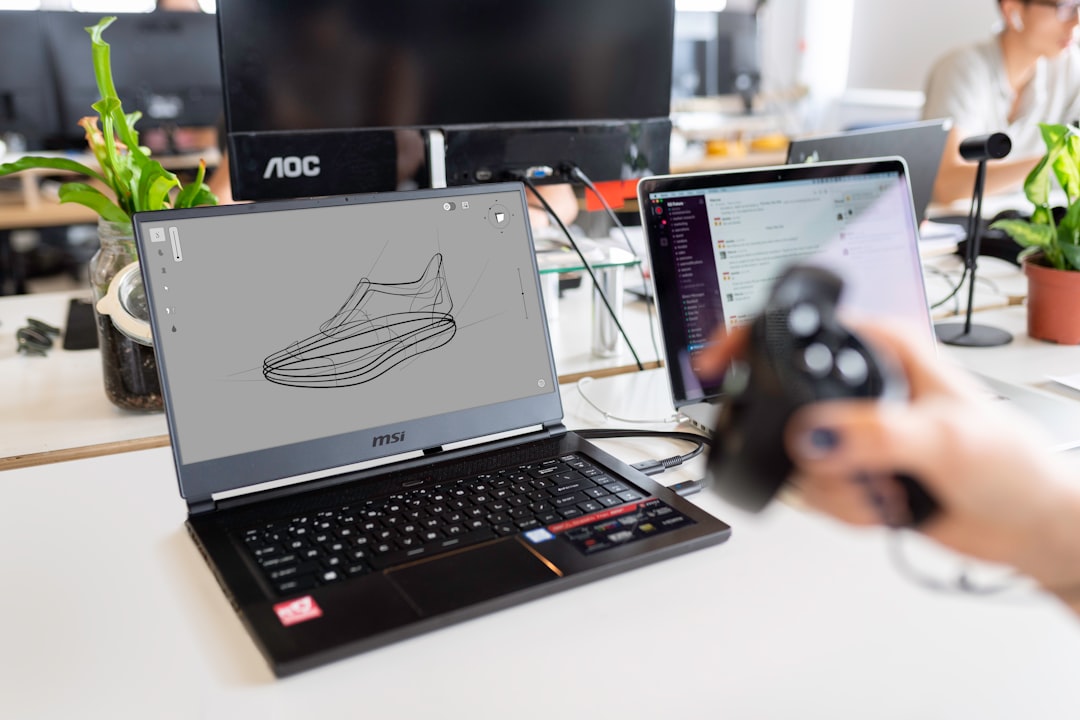Artificial Intelligence has revolutionized digital content creation, particularly in the field of image generation. One of the most promising tools in this arena is Novel AI’s image generator. Combining advanced deep learning models with artistic creativity, Novel AI can be used not just to generate entirely new images but also to enhance the quality of current ones. This guide will help you understand how to use Novel AI for image generation and how to enhance the quality of your outputs effectively.
Getting Started with Novel AI Image Generator
Novel AI is a subscription-based, AI-powered storytelling and image generation platform. It is especially known for its visual storytelling tools, allowing users to generate high-quality artworks based on text prompts.
To begin creating images with Novel AI, follow these steps:
- Sign up or log in: Visit the Novel AI website and sign up for a paid plan, as the image generation features are only available to subscribers.
- Navigate to the image generation panel: Once enrolled, navigate to the ‘Image Generation’ tab on your dashboard.
- Choose your model: Novel AI offers different models for illustration and anime styles. Select the model best suited to your creative goals.
- Input your prompt: Enter a detailed text prompt. The more descriptive your prompt, the more accurate and vivid your results will be.
- Adjust settings: Configure parameters like resolution, seed, steps, and guidance scale to fine-tune your output.
- Generate your image: Click generate, and wait a few seconds for the AI to deliver your artwork.

Tips for Crafting Effective Prompts
One of the most critical aspects of generating quality images in Novel AI is writing effective prompts. Here are some helpful strategies:
- Be specific: Instead of saying “a girl,” try “a young girl with long red hair wearing a Victorian dress, standing in a snow-covered forest.”
- Use stylistic cues: You can include terms like “digital painting,” “anime style,” or “realistic lighting” to guide the AI on visual tone.
- Avoid contradictions: Conflicting descriptors can confuse the AI and generate poor results.
Enhancing Image Quality
While Novel AI produces high-resolution images, further enhancement can improve clarity, correct imperfections, and tailor images for various applications. There are several effective techniques for enhancing image quality:
1. Upscaling with Dedicated Tools
Use AI-powered upscaling tools like Topaz Gigapixel AI, Let’s Enhance, or Waifu2x. These platforms can increase image resolution up to 4x while minimizing pixelation and sharpening details.
2. Post-Processing in Photoshop or GIMP
Popular image editing software allows for detailed adjustments including:
- Color correction to balance tones and brightness
- Noise reduction to eliminate grainy textures
- Sharpening filters for added clarity

3. Combining AI Models
Some creators first generate an image in Novel AI and then run the result through another AI model like DALL·E 2 or Stable Diffusion to refine details or change aesthetics. This allows full control over the result’s realism, lighting, and texture.
Best Practices and Considerations
To ensure the best possible outcome when working with Novel AI’s image generation and enhancement pipeline, remember these best practices:
- Save frequently: AI outputs may not be replicated if lost, due to randomness in generation.
- Use high-contrast prompts: Black-and-white or silhouette-based prompts often yield better detail.
- Moderate expectations: AI-generated images can be powerful, but may still require human refinement for professional-grade work.
Conclusion
Novel AI’s image generator opens up exciting new avenues for digital artists, designers, and storytellers. With its advanced capabilities and intuitive controls, anyone can generate imaginative, detailed visuals directly from descriptive language. By following best practices and using enhancement tools effectively, you can elevate AI-generated art to a quality suitable for both personal and professional use.

As the technology continues to evolve, those who adapt early and refine their techniques will be best positioned to lead the next wave of visual content innovation.
